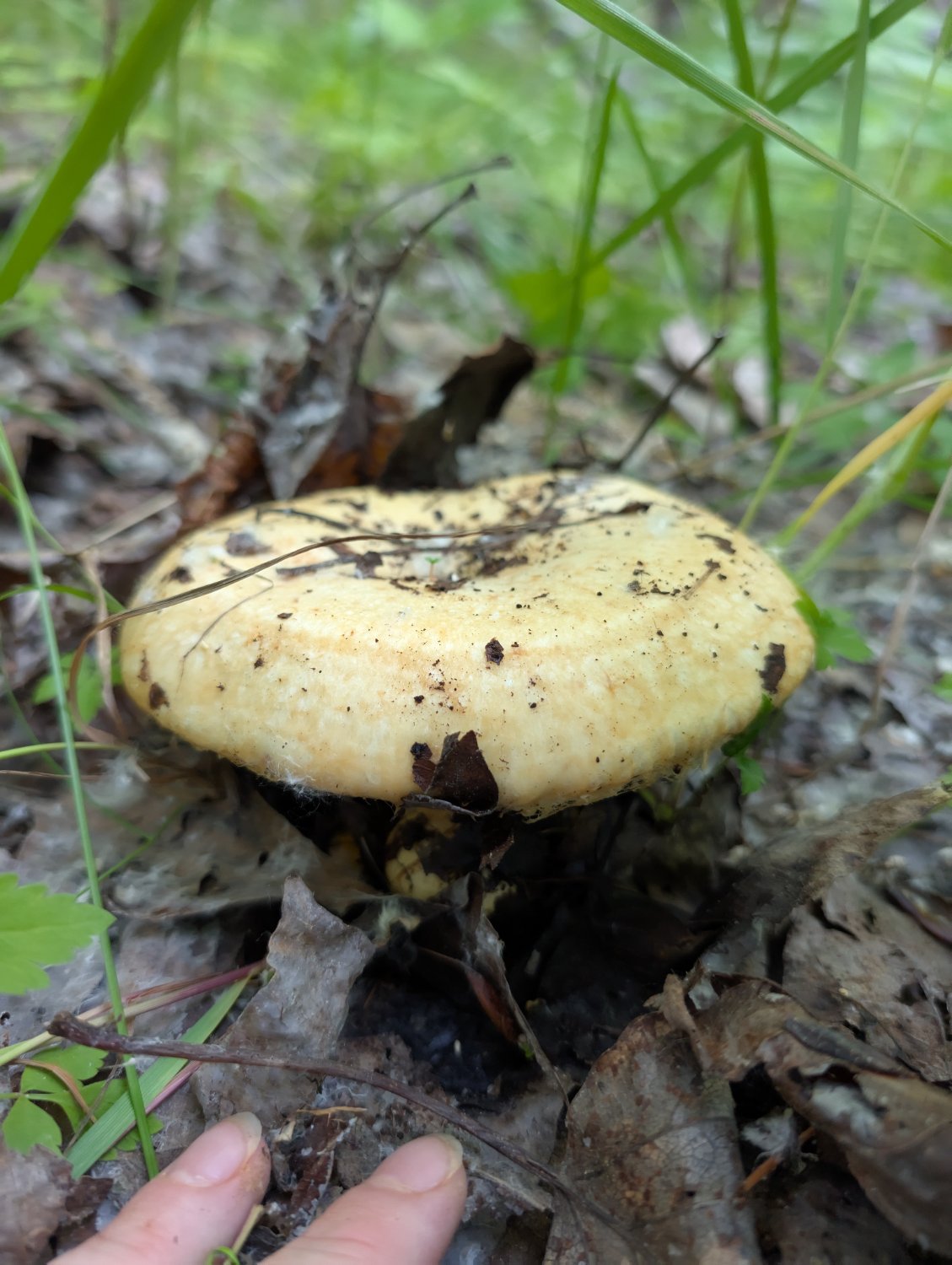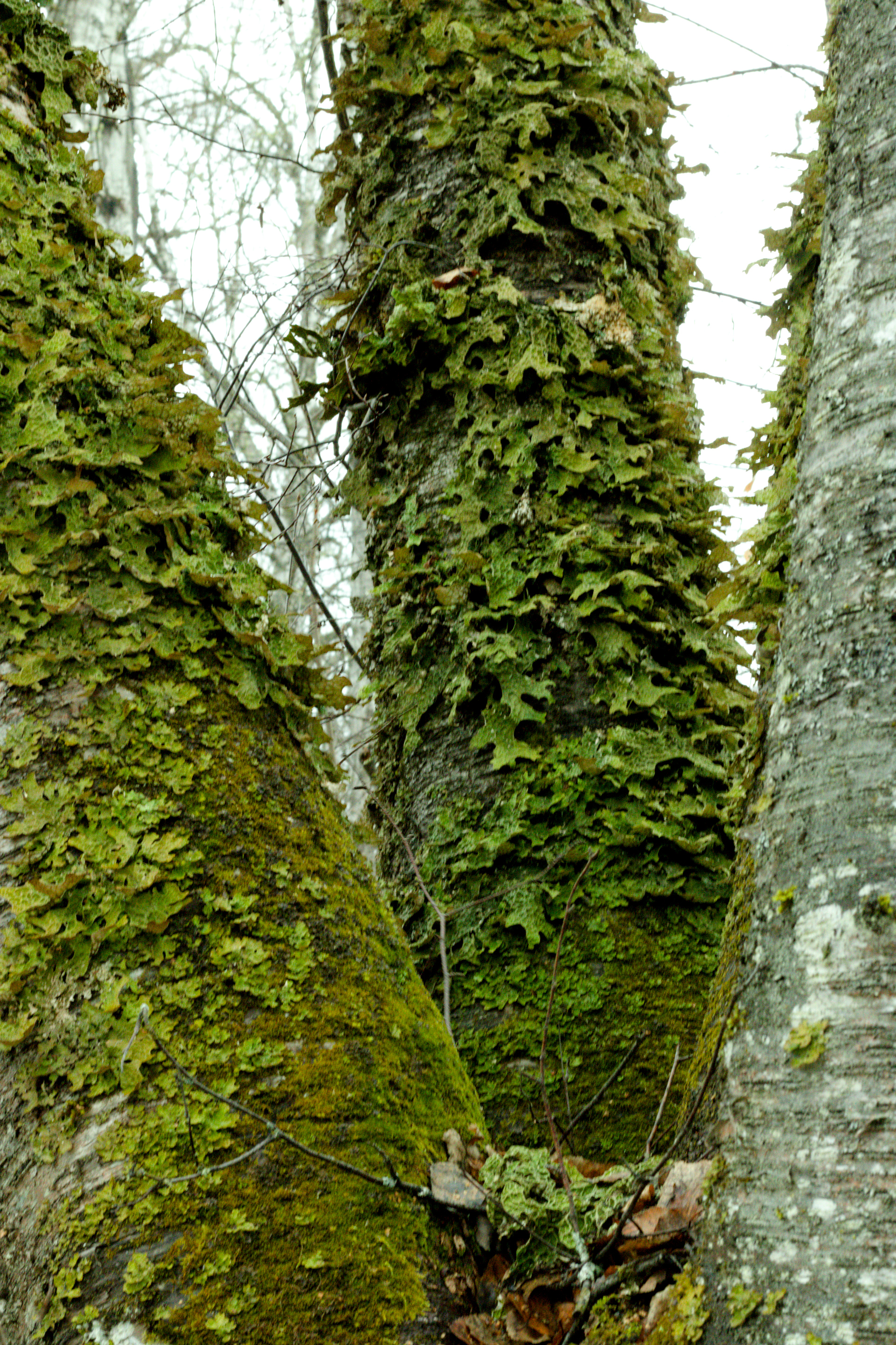I've never eaten any I've found fresh because I'm not usually very confident in my IDs but I do love cooking with the dried ones. They seem to rehydrate pretty close to fresh compared to other mushrooms.
Gills were more beige than cinnamon and spores were transparent under the scope. I wish I'd done a spore print but they shriveled up before I got home.
Not sure what they are, pretty sure I grabbed a couple so I could look at them later.
No plans to eat
Thanks, definitely a contender. The spot test could have been +yellow and just looked darker or simply wet because of the already yellow surface. The cap colour did look a lot more yellow than L. cascadensis/L. cordovaensis but seeing as there are so few available photos of those, it may not mean much (and some of the descriptions did mention a buff colour). Not sure if I'll get back to my spot before they're gone but I'll see if I can grab another for storage and another spot test.
Leave it to me to miss such a big detail, found in central British Columbia, Canada.
I did the spot test within 30 mins of picking, my KOH is 5% but a few months old so could be starting to lose its juice. L. repraesentaneus does seem the best fit, the spruce population was definitely lacking in the area but there were some within 20 metres or so.



Last photo is to show the rings on cap but I guess I didn't get any good photos of them because you can hardly make it out in that photo. I also put spores under the scope and nothing out of ordinary for Lactarius
The 'gills'

Still getting the 'brain zaps' 3 years after quitting escitalopram (which when I first quit felt like someone gripping my head and shoving it forward really roughly but now just kind of feels like a muscle spasming in my brain?). No one believed me and, no offense to anyone who takes them, but I'll never do that to myself again.
Spinning wheels (at one point, I'm pretty rusty now)














Here are the spores, I just couldn't manage a decent photo of them with my cheap microscope.